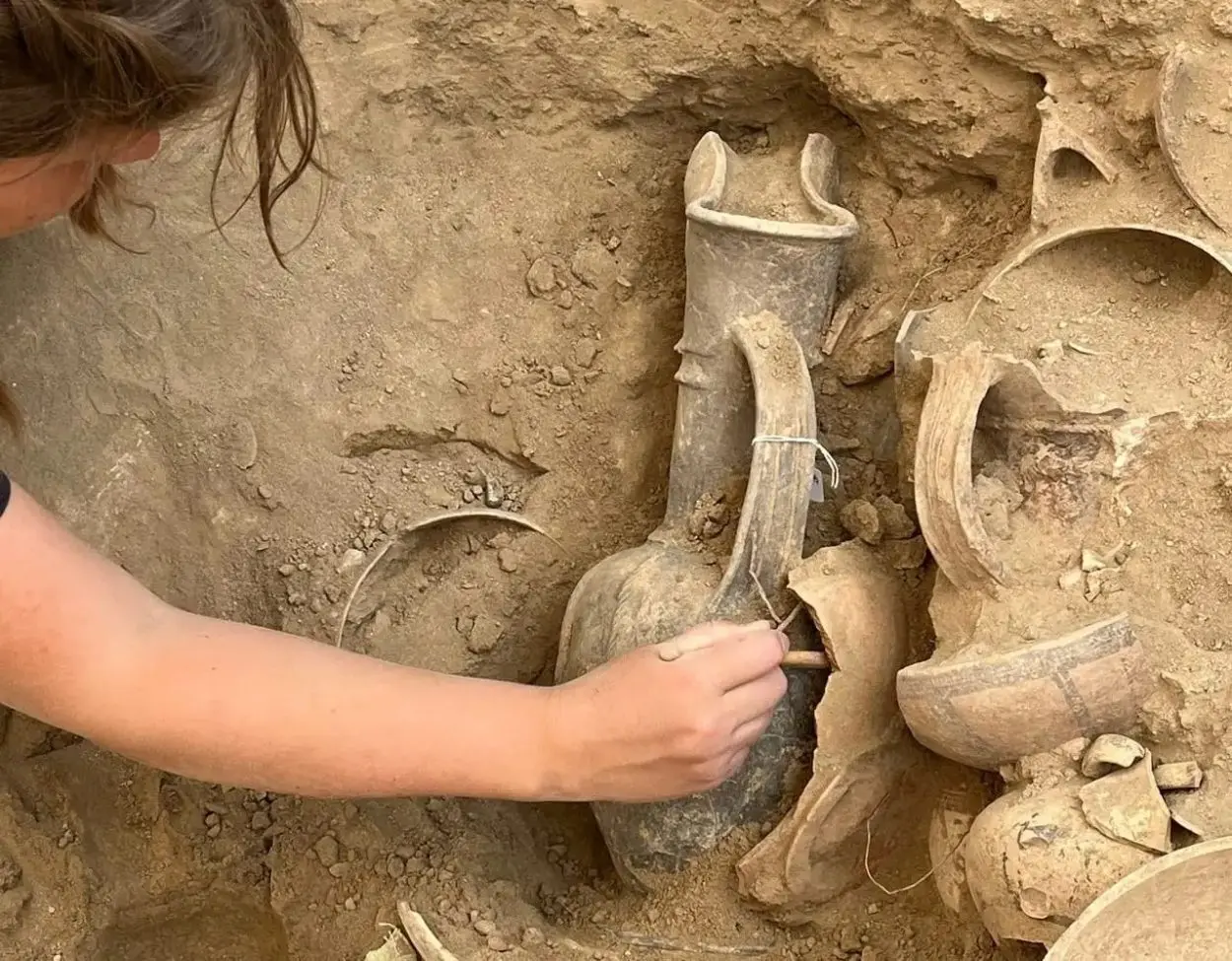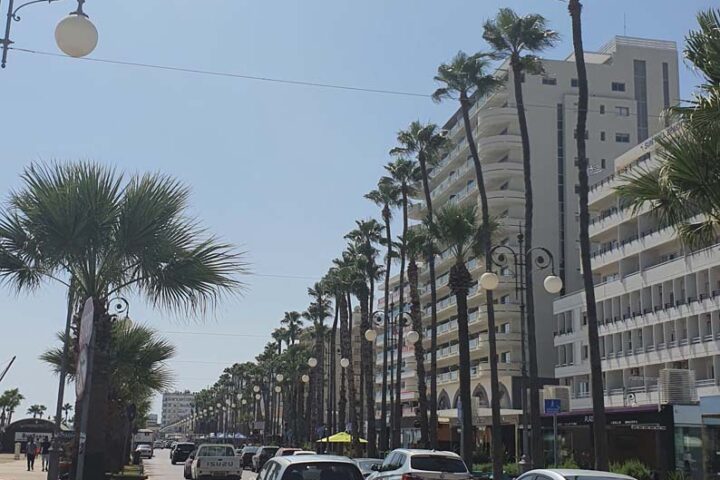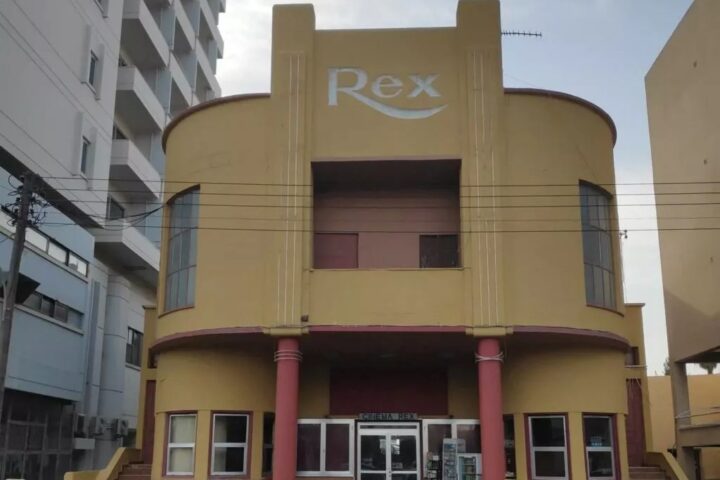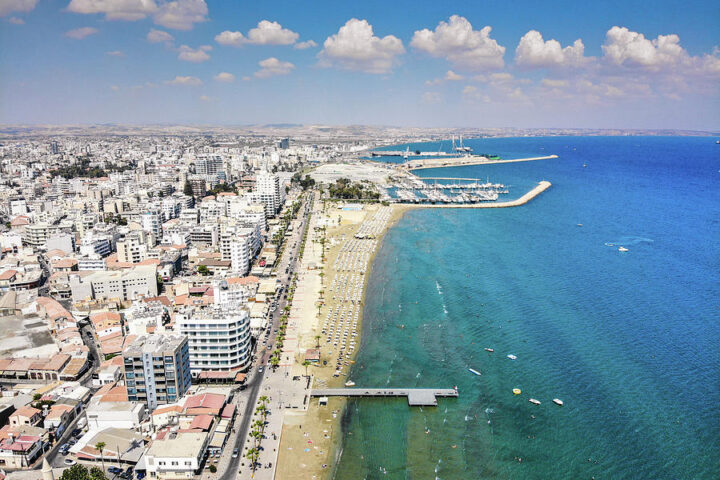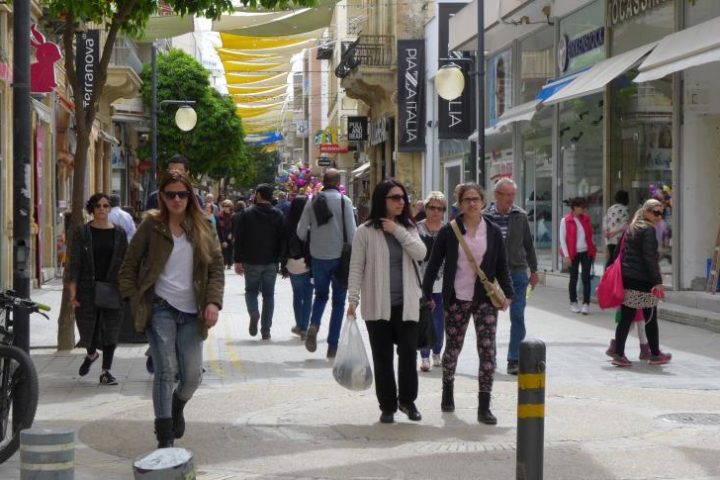Archaeologists say they have unearthed two ancient tombs believed to be among the richest ever discovered in the Mediterranean region at Hala Sultan Tekke, Larnaca.
The Swedish Söderberg expedition, led by Peter Fischer, a professor of archaeology at the University of Gothenburg, began exploring the area in 2010.
Fischer said his teams’ finds point to the important role that Hala Sultan Tekke played during the Bronze Age.
Their latest discoveries include two ancient chamber tombs and their contents, the university said in a news release.
The tombs have preliminarily been dated to the 14th century B.C.
Fischer said the tombs are some of the most important finds from the region.
“In all probability, judging by the exquisite finds and their specific contexts, these tombs are the most important ever excavated in the area.”
The excavation team found more than 500 artefacts inside the tombs.
Although other tombs have been discovered in the region, Fischer said the team’s latest discovery is different because of the quantity of good-quality artefacts found in the tombs.
“We found more than 500 complete artefacts distributed among two tombs,” he said.
“Many of the artefacts consist of precious metals, gems, ivory and high-quality ceramics.”
Among the artefacts were locally produced pottery and adornments.
The university said more than half of the artefacts found within the chambers were imported from neighbouring cultures.
There were gold and ivory pieces imported from Egypt, blue lapis lazuli from Afghanistan, dark carnelian from India and blue-green turquoise from Sinai, according to the university.
There were also several amber objects imported from the Baltic region.
Fischer said there were also numerous pieces of pottery from the Mycenaean culture from Crete.
Archaeologists also found diadems (jewelled crowns) and pendant necklaces that likely came from Egypt.
The headdresses were embossed with images such as bulls, gazelles, lions and flowers.
“Several individuals, both men and women, wore diadems, and some had necklaces with pendants of the highest quality, probably made in Egypt during the 18th dynasty at the time of such pharaohs as Thutmose III and Amenophis IV (Akhenaten) and his wife Nefertiti,” said Professor Fischer.
The university said other artefacts included bronze weapons, some of which were inlaid with ivory and had inscriptions.
Well preserved
Some well-preserved skeletons of all ages and genders were also unearthed.
The remains are still being studied to determine the exact gender, age and indications of death, but Fischer said there were newborns, infants, young adults and old adults — though most people rarely lived past 40 at the time.
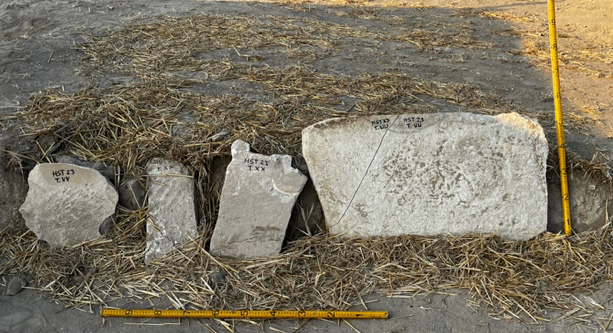
The discovery of the tombs has given experts greater insight into ancient trade and culture exchanges, according to Fischer.
The tombs date from around 1500 to 1300 BC when the city was a centre for the copper trade.
“The vast wealth of the entombed individuals came from the production of copper.
“Nearby mines in the Troodos Mountains produced copper ore refined in the city.
“This port city then exported the refined metal in large quantities to neighbouring cultures.
“Copper was an important commodity because, combined with tin, it became the hard alloy bronze, which gave its name to the Bronze Age,” said Fischer.
The site was discovered using magnetometers, a device used for measuring the Earth’s magnetic field in geophysical surveys to detect various types of magnetic anomalies and determine the dipole moment of magnetic materials.
The tombs consist of underground chambers measuring up to 4 x 5 metres, accessed via a narrow passageway from the surface.
Fischer said: “It is a reasonable assumption that these were royal tombs, even though we do not know much about the form of government practised in the city at the time.”

